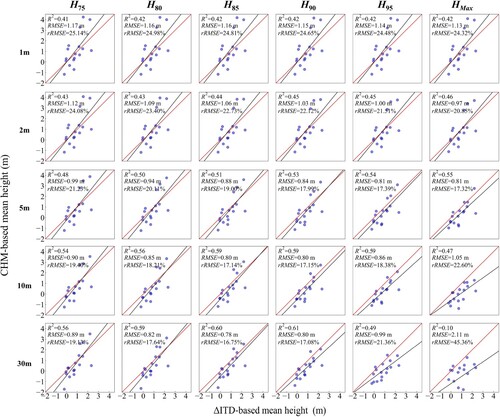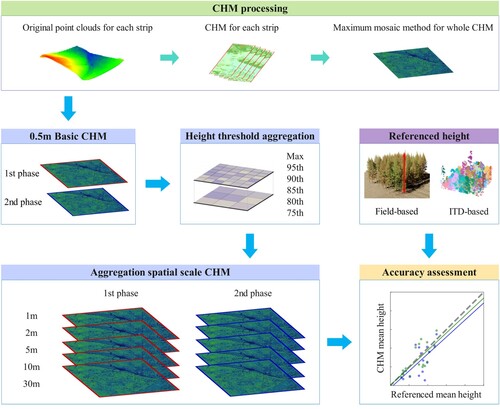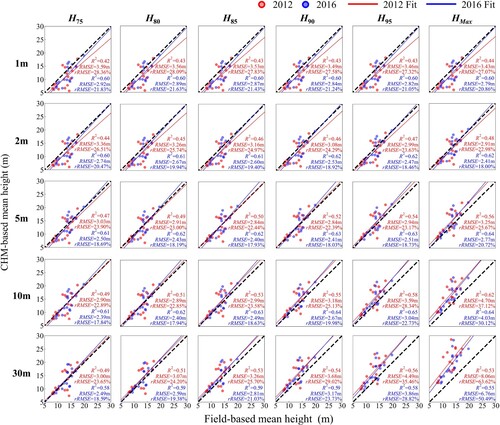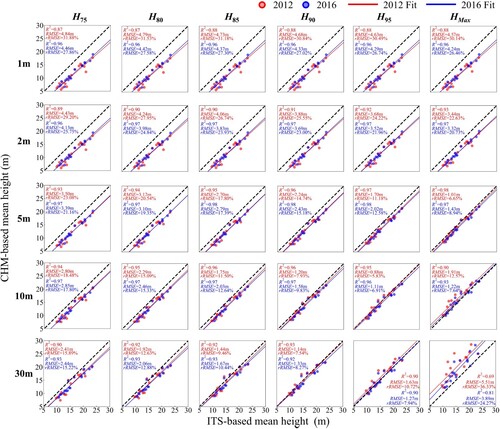Figures & data
Figure 2. The study site is located in the Hulun Buir City, Inner Mongolia Autonomous Region, China. The coverage area is indicated by the red frame. It spans a distance of 5700 m from south to north and 5800 m from west to east.
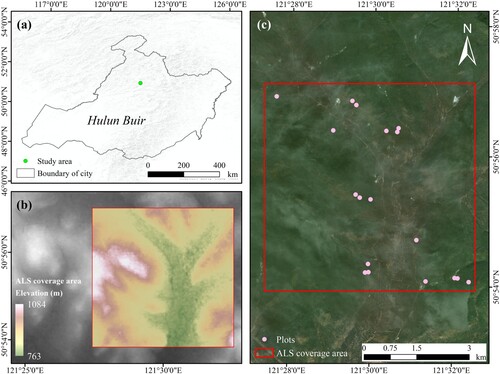
Table 1. The airborne laser scanning system parameters.
Table 2. The airborne laser scanning system parameters.
Table 3. The airborne CCD system parameters.
Figure 3. Illustration of mosaic operators for maximum. In the overlapping area of the two raster datasets, each pixel is compared between the two rasters to determine the maximum value, which is then used as the value in the resulting mosaic.

Figure 4. Based on different height metrics, comparison of CHM-based and field-based average height estimation results at different resolutions for 2012 and 2016.
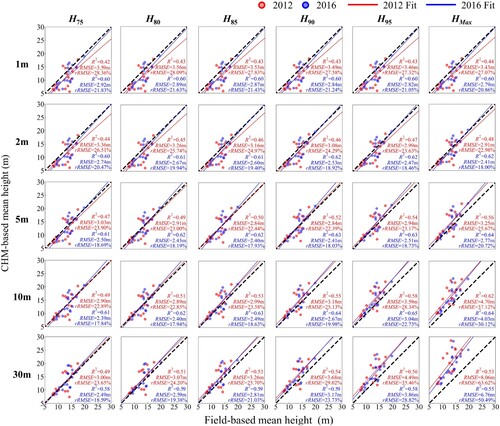
Figure 5. Based on different height metrics, comparison of CHM-based and ITS-based average height estimation results at different resolutions for 2012 and 2016.
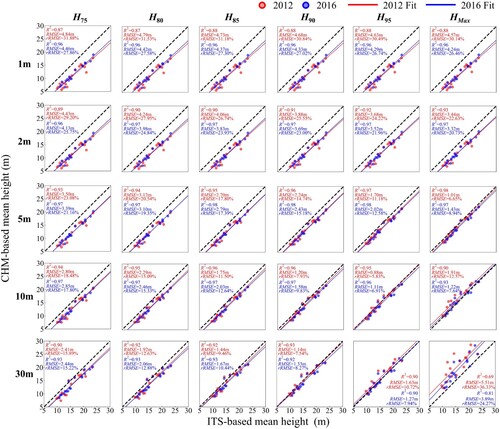
Figure 6. (a) and (b) represent the frequency distributions of canopy height for the years 2012 and 2016, respectively. (c) and (d) represent the CHMs for the years 2012 and 2016, respectively.
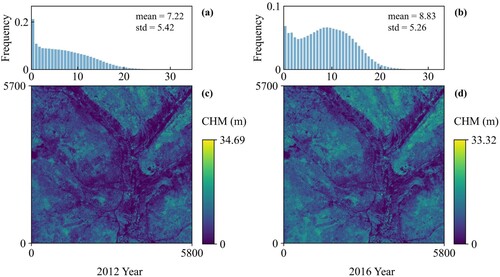
Figure 7. Based on different height metrics, the frequency distributions of CHMs at different resolutions for the years 2012 and 2016. The red and blue bars represent 2012 and 2016, respectively.
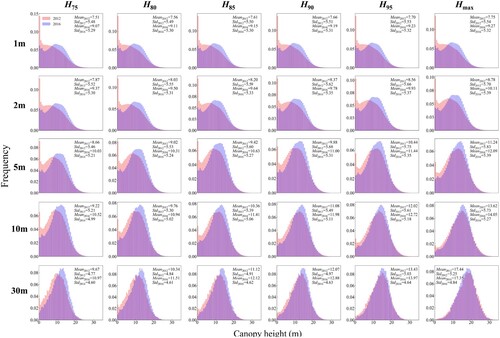
Figure 8. (a) Variation in canopy height across the entire study area by two 0.5 m CHMs. (b) The ΔCHM canopy height distribution. The dashed line represents zero value.
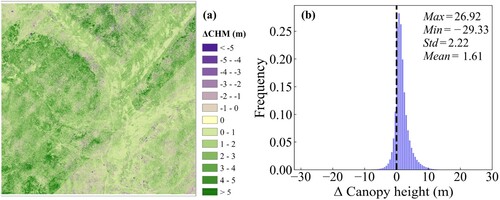
Figure 9. Histogram of difference canopy height frequency distributions based on six height percentile aggregation at five spatial scale. The dashed lines represent zero values.
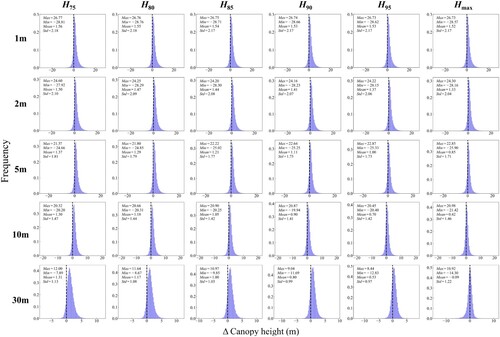
Table 4. Based on different height metrics, comparison of ΔCHM-based and Δfield-based arithmetic mean height estimation results at different resolutions.
Table 5. Based on different height metrics, comparison of ΔCHM-based and ΔITS-based arithmetic mean height estimation results at different resolutions.
Table 6. Statistical parameters of mean values at different resolutions and height percentiles of the CHM raster corresponding to the data from the two sample periods.
Table 7. ANOVA statistic of the effect of spatial resolution and height percentile on the CHM at the 0.05 significance level.
Figure 10. Five sampling strips comparing the consistency of ΔCHM generated by the two strategies. (a) Conventional method-derived 0.5 m ΔCHM. (b) Proposed method-derived 0.5 m ΔCHM. (c) Comparison of ΔCHM profiles for 5 sampling strips.
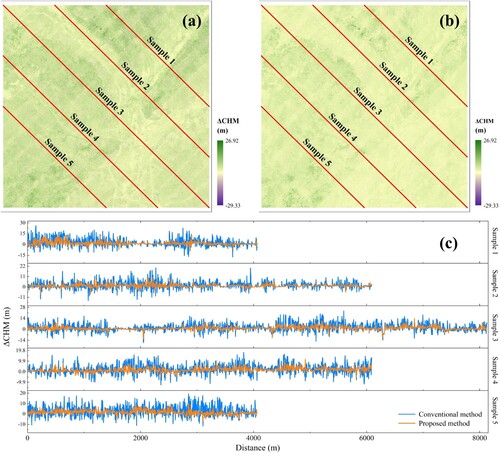
Figure 11. (a) The mean height of field-based in plots in 2012 and 2016. (b) The mean height of ITS-based in plots in 2012 and 2016. (c) The max height of LiDAR-derived in plots in 2012 and 2016. (d) (e) The highlighted plot in (a) (b) (c) corresponds to the CHM in 2012 and 2016. (f) The highlighted plot corresponds to the point cloud in 2012 and 2016, three representative sub-regions were selected in (i) (ii) (iii).
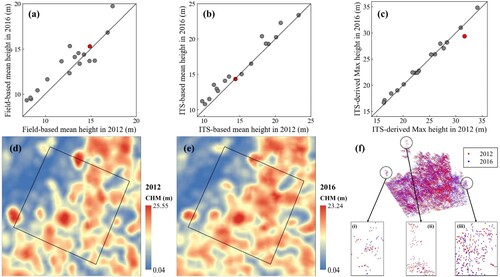
Figure 12. Four representative sub-regions to explore the possible factors of canopy height change in the study area. (i) and (ii) are CHM in 2012 and 2016; (iii) and (iv) are CCD images in 2012 and 2016; (v) and (vi) are point cloud height profiles in 2012 and 2016; (vii) is CHM height frequency distribution statistics, the red line and blue line respectively represent 2012 and 2016. (a) indicates the presence of logging; (b) indicates less growth; (c) indicates forest road development; (d) indicates more growth.
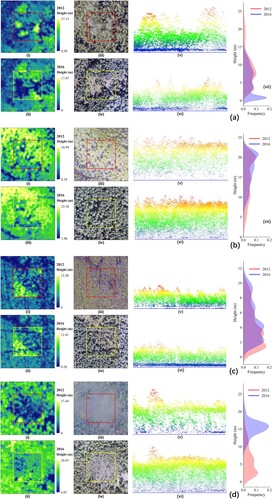
Figure A1. (a) and (b) are the fitted growth curves of Larix gmelinii and Betula platyphylla respectively. We established Schumacher growth functions of Larix gmelinii and Betula platyphylla using the tree age and tree height sampling data from the dataset. Based on the theoretical application of the Schumacher growth function (Burkhart and Tomé Citation2012).
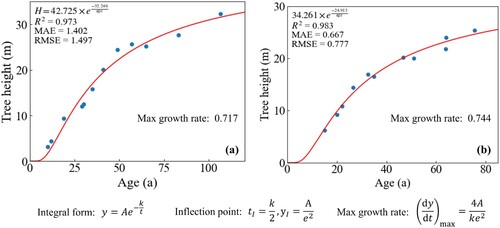
Figure A4. The scatter plot corresponding to . Based on different height metrics, comparison of ΔCHM-based and Δfield-based arithmetic mean height estimation results at different resolutions.
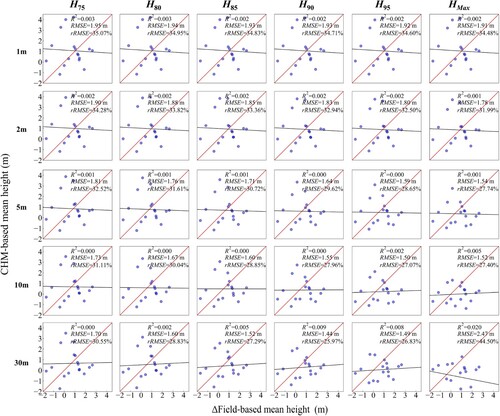
Figure A5. The scatter plot corresponding to . Based on different height metrics, comparison of ΔCHM-based and ΔITS-based arithmetic mean height estimation results at different resolutions.
